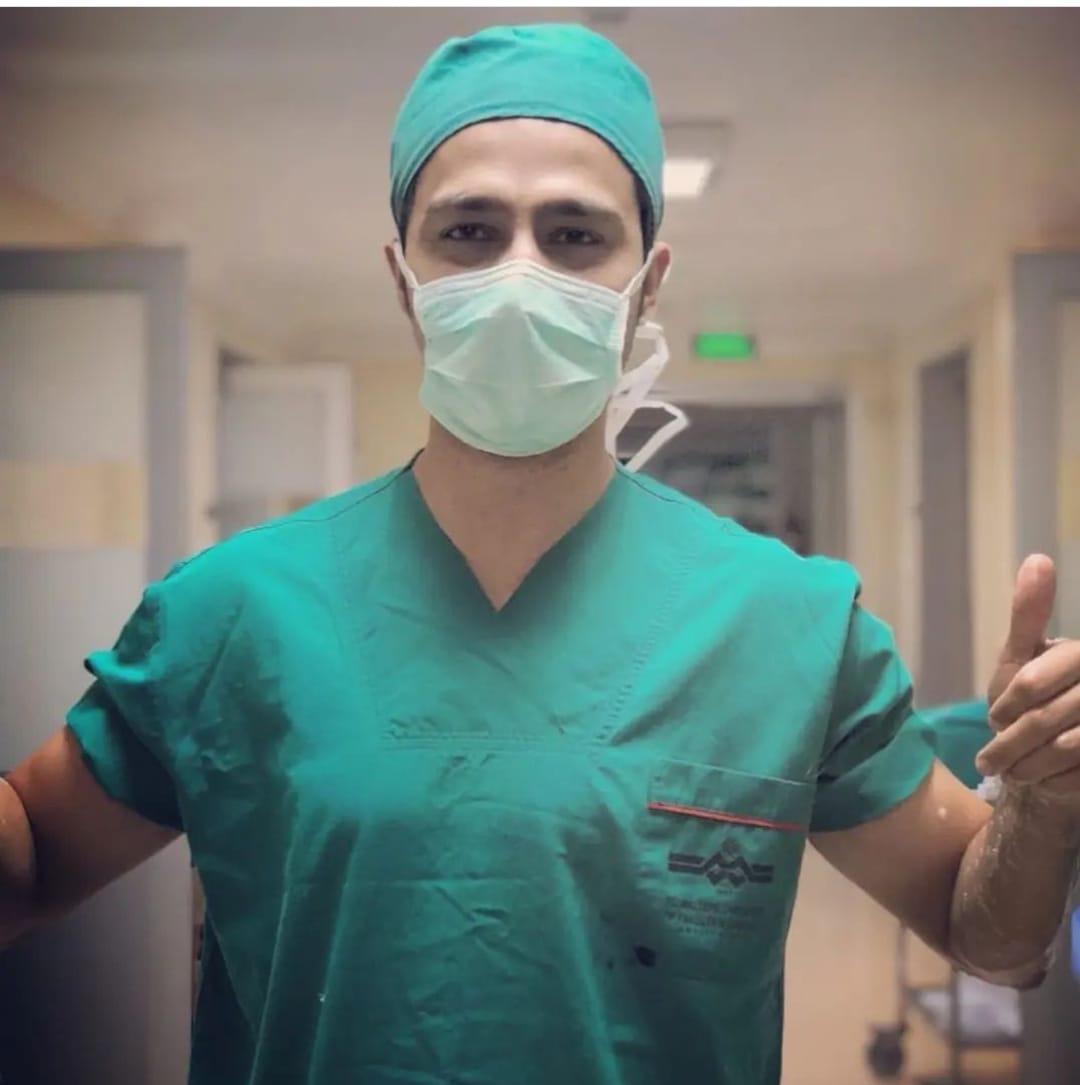What is Scoliosis (Spinal Curvature)?
It is a deformity caused by the curvature of the spine to the right or left side over 8 - 10 degrees when viewed from the front and back and the accompanying rotational movement (rotation) around its own axis. Scoliosis is a three-dimensional spinal deformity that we encounter most frequently among spinal deformities and causes serious posture disorders in the later stages.
What causes scoliosis?
Although the cause is not known exactly, many theories such as muscle diseases, congenital, connective tissue diseases, gene defects, hormonal disorders are emphasized.
My child has scoliosis, what should I do?
First of all, you should consult a spine surgeon. Necessary physical examination should be performed and outpatient scoliosis radiographs should be evaluated. After the tests and examination, the diagnosis and treatment protocol should be determined.
Does scoliosis go away with physical therapy and chiropractic?
Chariopractic has no place in the treatment of scoliosis. Curvatures above 15-20 degrees and below 40-45 degrees that do not require surgical intervention can be controlled with physical therapy and exercises. However, physical therapy is not applied in the treatment of congenital (congenital) scoliosis and advanced curvatures.
Is scoliosis surgery risky?
Like all orthopedic surgeries, scoliosis surgeries also have risks. However, these risks are tried to be minimized with today's technological opportunities. These surgeries should be performed with a safe team and safe surgical planning.
Will I grow taller after scoliosis surgery?
After scoliosis surgeries, an average height increase of 3-8 cm is realized, depending on the degree of curvature.
In which age groups is scoliosis surgery performed?
Scoliosis surgeries can be performed in all age groups starting from the age of 3.
When can I walk after the surgery and when can I be discharged from the hospital?
Patients are carried out under the control of our team in our clinic 24 after the surgical intervention. Our patients are discharged on the 3rd or 4th day after surgery in a mobile way.
I have advanced scoliosis, what will happen if I don't have surgery?
Severe scoliosis can lead to heart problems, lung problems, spinal calcification and related nerve damage.
Can I do sports after scoliosis surgery?
After the recovery period after scoliosis surgery, you can do sports under the supervision of a doctor.
Does scoliosis surgery prevent giving birth?
No, it does not pose any obstacle.






 It is a system that allows the brain, spinal cord, nerve roots and reflex pathways to be continuously monitored on the monitor by giving electrical impulses through electrodes placed on the patient's scalp and muscles during the operation in order to minimize the damage (risk of paralysis) that may develop in the nerves due to spinal surgery. They alert the surgeon when there is a change in the values monitored by the neurologist throughout the operation. Thus, irreversible damage (such as paralysis) is prevented and the quality of life is prevented from decreasing. The patient can return to home and work life in a short time.
It is a system that allows the brain, spinal cord, nerve roots and reflex pathways to be continuously monitored on the monitor by giving electrical impulses through electrodes placed on the patient's scalp and muscles during the operation in order to minimize the damage (risk of paralysis) that may develop in the nerves due to spinal surgery. They alert the surgeon when there is a change in the values monitored by the neurologist throughout the operation. Thus, irreversible damage (such as paralysis) is prevented and the quality of life is prevented from decreasing. The patient can return to home and work life in a short time.